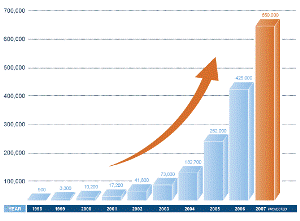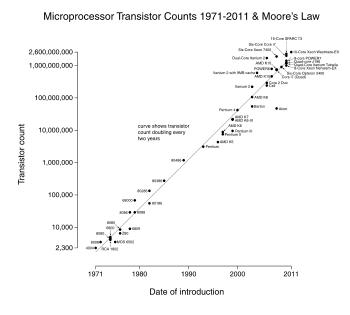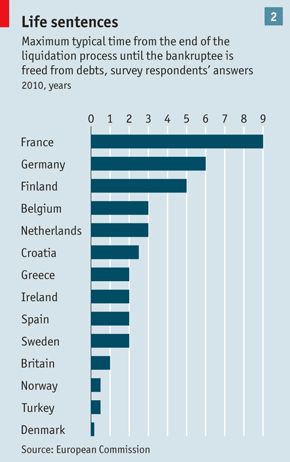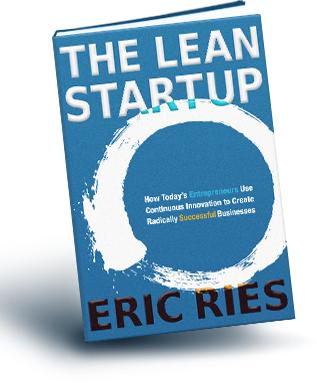A town is being built in New Mexico to test all sorts of new technologies that will apply in towns and cities. At a cost of several hundred million US$, the plan is to create a replica of an actual 30,000 people town that can be used as a laboratory. A detailed explanation of this incredible project is to be found in this Fast Company article on “America’s Most Innovative Neighborhood: 15 Square Miles In New Mexico, Population: 0”.

When looking at this project one can but wonder whether that’s not a relic of the past Industrial Age research approach. The place is in the middle of nowhere (so remote that atomic laboratories and disposal sites are nearby – I’ve been to Carlsbad, NM) – do some people fear an explosion? Why on earth put a research center so far away from anything?
The investment is huge to test what – technologies that would be deployed in cities? Why would you want to spend so much money when small scale tests could be deployed in actual cities – of course in less controlled but so much more realistic settings. And Google cars without drivers are already oozing on California’s highways, so what’s the point of building a special town to test them?
It looks like it is a ghost from the Industrial Age past where research had to be done in huge concentrated laboratory – where research was to be produced like in a factory. What will this town laboratory bring to the world? History will tell if it sees the light. In view of where actual innovation happens in the Collaborative Age it is dubious it would happen in such a remote place.










